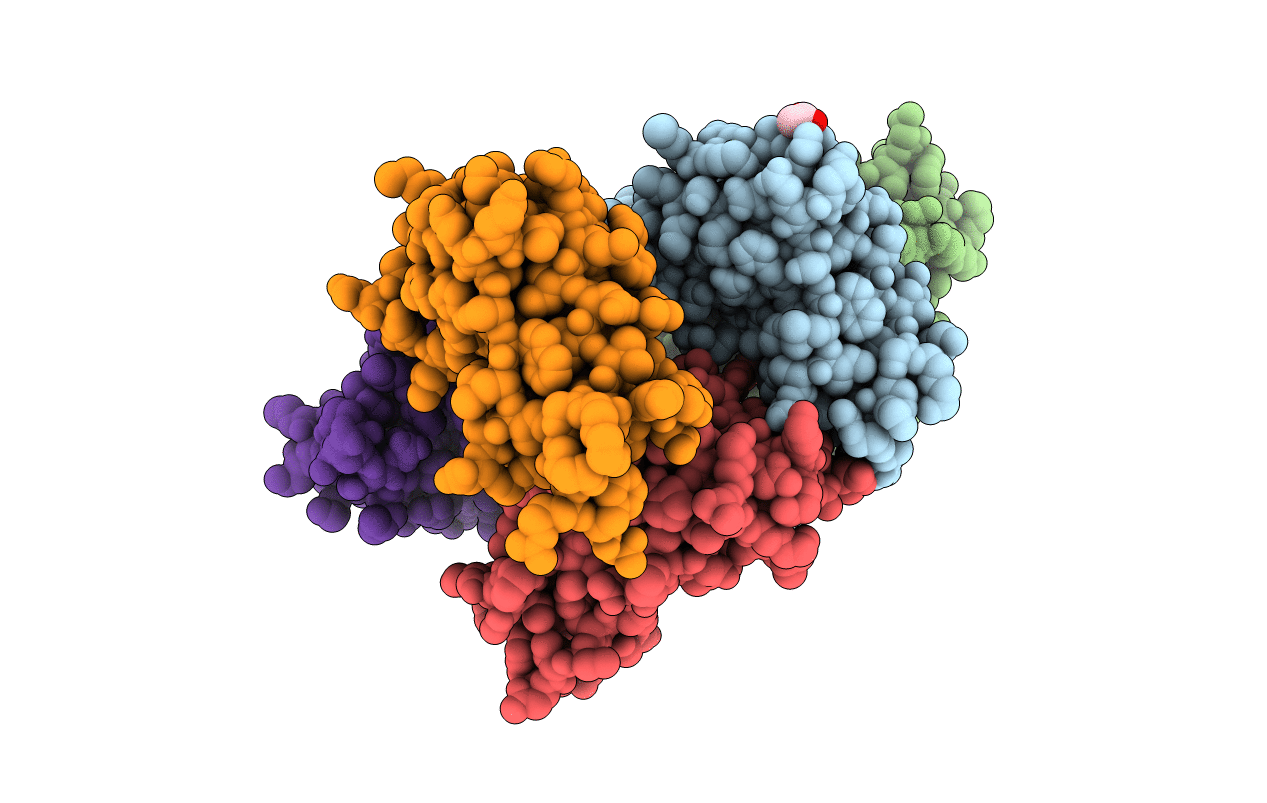
Deposition Date
2011-02-10
Release Date
2011-04-27
Last Version Date
2025-03-26
Entry Detail
PDB ID:
3QOR
Keywords:
Title:
Crystal structure of human nuclear migration protein NudC
Biological Source:
Source Organism:
Homo sapiens (Taxon ID: 9606)
Host Organism:
Method Details:
Experimental Method:
Resolution:
1.75 Å
R-Value Free:
0.20
R-Value Work:
0.17
R-Value Observed:
0.17
Space Group:
P 1 21 1


